The United States Of Delusion
Authored by Buck Sexton via DailyReckoning.com,
If I looked you in the eye and told you the Rocky Mountains don’t exist, you’d think I was crazy.
But give me time, and I could make you believe it.
I wouldn’t need threats or force. I wouldn’t really even need a good argument.
All I’d need is steady, confident repetition. The kind that comes from the voices you already trust.
Say, you lived out on the eastern plains of Colorado. The land is flat and the horizon looks empty.
You’ve got a job, a family, responsibilities. You’re not driving hours west to confirm whether a mountain range is sitting there; it’s not like it’s urgent.
So you don’t push back. You just absorb the disinformation.
And soon enough, you’re not just accepting the idea, you’re defending it.
Your identity becomes wrapped in the belief that the world is exactly as you were told it is.
Any challenge to that belief feels like a personal attack.
Then one afternoon, you drive a little farther than usual and there it is. The massive, immovable Rockies, exactly where they’ve always been
And instead of asking, “Why was I misled?” you lash out.
Who put these mountains here? This disrupts everything! Who do I blame?
And people just like you begin insisting that the problem isn’t the lie… It’s the chain of mountains.
Nothing changed about the Rockies, only your relationship to reality changed.
This is how real manipulation works.
Not by controlling your actions, but by controlling the lens you use to see the world. So when reality finally shows up, you treat reality itself as the enemy.
And that is exactly where America is right now.
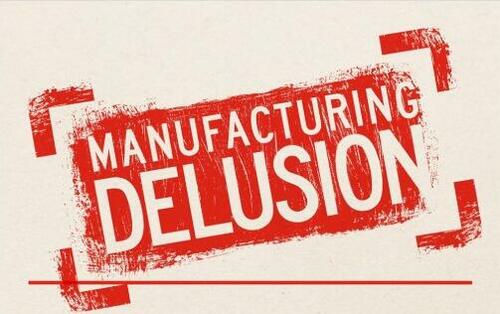
The Mountains in Plain Sight
The same psychological trick is being played on the entire country.
For years, people have been told certain problems simply don’t exist and that the “mountains” rising out of our national landscape are illusions.
You know the list: The border isn’t wide open, crime is down, failing schools are fine, our cities are flourishing. Nothing is wrong with the country’s direction.
Millions of people have accepted these claims not because they’ve verified them, but because they’ve heard them repeated endlessly by institutions they once trusted.
And when the evidence becomes undeniable, their instinct isn’t to reconsider…
It’s to rage.
This is Manufactured Mass Hysteria.
And that’s the single greatest danger facing the U.S. now…
Millions of Americans walking straight into the shadow of mountains they’ve convinced themselves don’t exist.
This Is What Actually Breaks a Country
I’m coming out with a book on this phenomenon, called Manufacturing Delusion. I’ll share more about it in a moment, but the core idea is simple:
Americans can handle hardship. We cannot handle insanity.
This country has survived world wars, economic depressions, political violence and cultural upheaval. We adapted. We endured. We rebuilt.
Hardship isn’t new to us. But widespread derangement will break us as a nation.
And unfortunately, that’s exactly where left-wing politics has taken us. We’re in a very dangerous moment when mass delusion is the preferred weapon of mobilization.
They make people crazy… And they make them crazy on purpose.
Totalitarian systems have used these methods for more than a century. The architecture of mind control has been studied, refined, tested and deployed across the world.
Propaganda, psychological conditioning and censorship operate on predictable principles.
Once you understand these principles, you’ll start to see them everywhere.
This is the material I lay out in my book — the mechanics of manipulation, the scientific foundation of how it works, the incentives that keep it running and why it’s happening right now.
We don’t have the luxury of viewing this as an academic exercise, because the consequences are unfolding in real time.
The cost of this engineered insanity is rising, and the country is feeling it.
How the Conditioning Nearly Killed a President
You don’t have to look far to see what manufactured delusion produces.
Look at what happened this week.
The country already knew that a young man tried to assassinate President Trump in July 2024. That part has been public for more than a year.
Only now do we have a clear picture of who the attacker actually was.
And the profile is exactly what you would expect in an era shaped by psychological destabilization…
A self-identified “they/them,” furry-obsessed, left-wing tranTIFA extremist.
Someone whose entire online presence is a collage of ideological confusion, identity instability and rage manufactured by years of propaganda.
This guy wasn’t writing insane stuff in his basement somewhere…
This was a person shaped — deliberately — by the emotional machinery of the modern left.
And he came within inches of killing a president and derailing a U.S. election.
Inches.
We were one breath away from a national trauma that would have set the country on fire.
We’re still processing and grieving for the horrific assassination of Charlie Kirk — the most important conservative activist in the country.
In just a little over a year’s span, the American right nearly lost both its leading grassroots architect and its most consequential political leader.
A society does not produce this level of violence by accident.
It produces it through years of cultivated derangement.
I noticed the build-up long before most people did. I can’t share every detail, but anyone paying attention knew where the pressure was building.
That’s why I wrote Manufacturing Delusion… to explain exactly how a country ends up in the place we now find ourselves with institutions saturated by hysteria and individuals pushed to the brink by narratives designed to destabilize them.
This is the outcome of widespread psychological manipulation.
Trump Derangement Syndrome
This week, Fox News had psychotherapist Jonathan Alpert on to talk about this exact problem.
You know how we operate here at Money & Power. We don’t give into theatrics. But what Alpert described is staggering.
According to him, roughly 75% of his patients are hyper-fixated on Donald Trump.
They can’t sleep, they feel restless — traumatized, in fact, by President Trump.
One of Alpert’s patients told him she couldn’t enjoy a vacation because anytime she saw Trump in the media, she felt triggered.
Alpert calls it a profound pathology. And he’s right. It’s the defining pathology of our time.
Trump Derangement Syndrome is a mass psychosis, a mass psychosis that has been manufactured using similar tactics to what you would expect from authoritarian regimes like communist China, North Korea or the former U.S.S.R.
This is the terrain of my book — and the results are in plain sight…
People aren’t simply opposed to Trump. They are obsessive. Clinically obsessive.
They absorb propaganda until it becomes part of their identity and then recoil from reality with the intensity of someone defending a cult.
Beware the Anxiety Machine
Trump Derangement Syndrome is only one expression of the larger psychological breakdown we’re living through. The same conditioning that drives people into obsession over Trump shows up everywhere else on the left.
Start with the basics…
The constant lies about men becoming women. And remember, that’s just the opening move. It’s the first step in the process.
Tell people to deny something obvious, force them to repeat it and, eventually, you condition them to accept any contradiction.
Then look at climate hysteria.
There are grown adults — not children, not teenagers, adults — who lose sleep because they’ve convinced themselves climate change is going to make humanity extinct.
That’s a real, documented phenomenon on the left. But think about what that means…
For instance, people refusing to have children because of what left-wing propaganda has done to their minds.
People who sincerely believe there is a “genocide” against trans people because we don’t think a 200-pound bearded man should be competing in girls’ athletics.
That which was once on the fringe has now become the left’s mainstream opinion.
And of course, COVID fits right into this: The madness of Fauci-ism was never just about public health.
It was about Pavlovian-style social conditioning.
The idea is simple. Create a stimulus, attach an emotional reaction, repeat until the reaction becomes automatic and bypasses the rational mind entirely.
That’s why the reality of anti-Trumpism is what it is today — absurdity on a loop.
-
The Russia-collusion hoax
-
The endless prosecutions
-
The Epstein insinuations.
-
The constant, coordinated lies.
For people rooted in reality like you and me, we haven’t handed over our brains to the system. You’re part of Money & Power precisely because you still trust your five senses! As well as your gut.
But ask yourself this:
How many people you know — especially in big blue states, people who voted for Kamala Harris — believe things that are flatly impossible?
How many talking points are repeated that make no sense?
How many become enraged when you question the narrative?
How many behave like they’ve been absorbed into a cult?
That’s what happens when a political movement trains millions to surrender their judgment and react emotionally on command.
Recognizing the Pattern
Once you understand what’s happening, the scheme becomes impossible to miss.
Manufactured delusion doesn’t rely on persuasion. It relies on process — the same process you see in every society that tries to control how people think, not just what they think.
It starts with constant emotional pressure: fear, outrage, shame, moral panic. Keep people in a heightened state of emergency and their rational defenses weaken.
Then comes isolation. Not necessarily locking people in their homes, but walling them off from honest dissent.
Next, you elevate certain narratives until they feel morally mandatory. Good people believe [fill in the blank with leftist ideology]. Bad people question it.
Then you punish doubt. You don’t have to arrest anyone, you just make skepticism costly. People learn to self-censor long before anyone has to silence them.
Once a person believes the sky is yellow instead of blue, power trippers can do the real work of rewriting his worldview from the inside out.
At that point, you don’t need to win arguments. You just need to keep reinforcing the script.
That’s when you can tell someone there is no mountain, and they’ll defend that narrative to the death, even when they’re standing at its base.
You can tell them men can become women, and they’ll treat skepticism as a moral failure.
You can tell them the climate will destroy humanity in ten-years time, and they’ll rearrange their lives accordingly.
If you don’t understand how that disconnection from reality happens, you can’t arm yourself — or the people you care about — against the same process.
The Fight for Your Perception
Everything I’ve described follows a predictable pattern. I recognized that pattern years ago because I’ve seen versions of it up close.
When you spend time inside the intelligence community, you learn quickly how fragile perception is.
You learn how easily a narrative can be constructed, how rapidly an entire population can be steered and how dangerous it becomes when the people shaping those narratives stop caring about the truth.
I’ve seen what happens to countries when their citizens lose the ability to distinguish reality from manufactured emotion.
It never ends well. And for the first time in my life, I’m watching that same process unfold here in the U.S.
So, I wrote Manufacturing Delusion as both a warning and a manual.
It took two years to write — in part, because it had to go through the same clearance process that every former intelligence officer faces.
There were details I’ve never spoken about publicly before; I was determined to handle them responsibly.
And what you’ll find in my book isn’t available anywhere else.
We’re now living in a country where millions have been conditioned to doubt what they can clearly observe. They don’t arrive at that point alone. They’re guided there, pushed there, conditioned there.
If you want to understand how that happens, why it works and how to protect yourself from the same machinery, that’s exactly what this book is for.
Manufacturing Delusion comes out February 17, 2026.
And I’ll be blunt… Preorders matter.
They determine how widely this book is distributed, how seriously publishers and retailers take its message and how much reach it’ll have when the country enters the most turbulent political year of our lifetimes.
If you want this information in the hands of people who need it — and if you want your own copy guaranteed when it launches — you can click this link to preorder now.
This is the moment when clarity becomes a survival skill.
Because once you learn how the delusion is built, something important happens…
No one can ever convince you the Rockies aren’t there.
You may stand on the flat plains, but you’ll know exactly what’s on the horizon.
And you’ll never mistake a manufactured narrative for the landscape right in front of you.
Tyler Durden
Sat, 11/29/2025 - 23:20


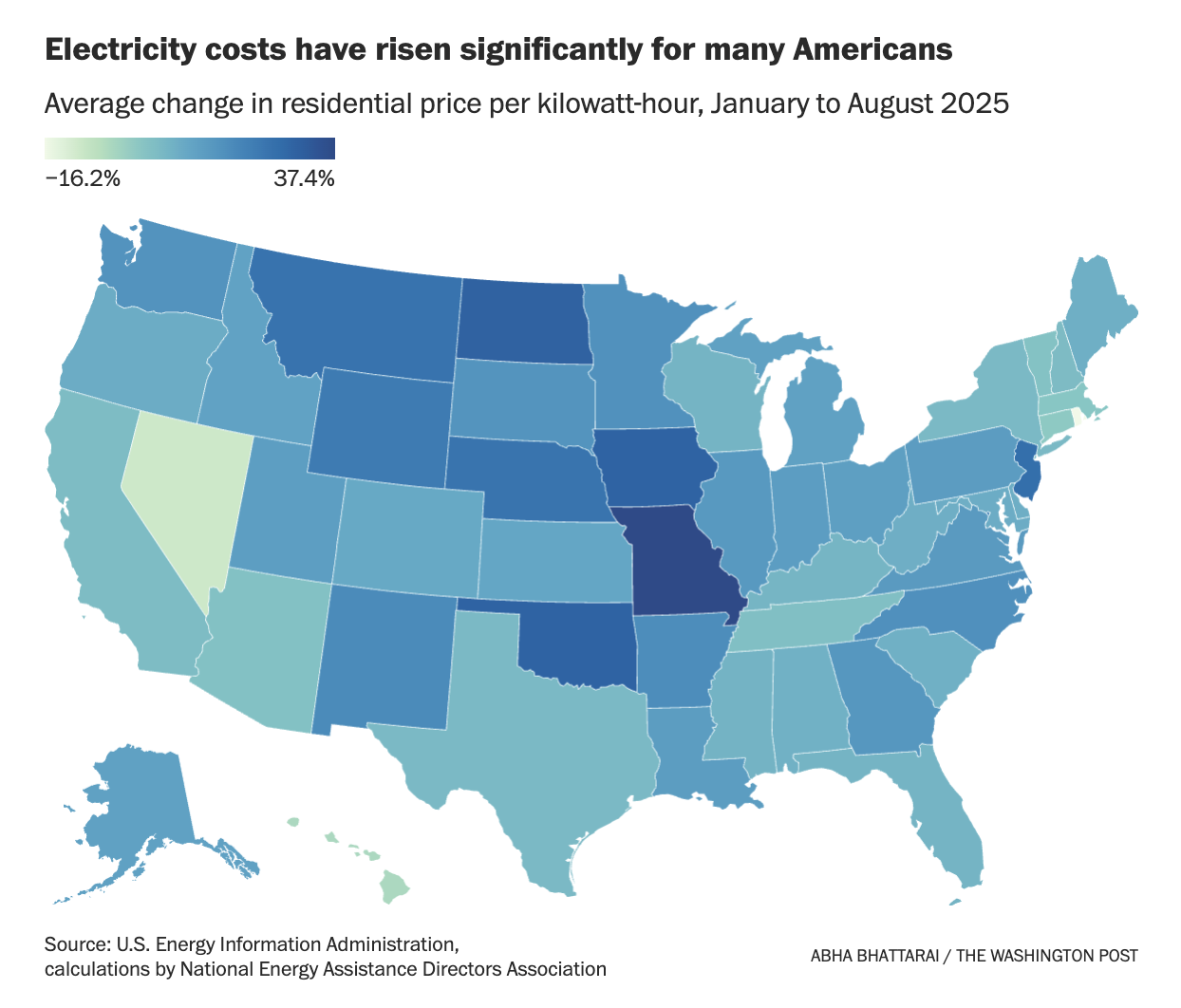



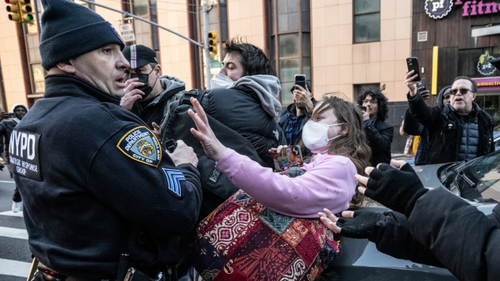
 A person types on a computer keyboard on May 13, 2025, in this photo illustration. Oleksii Pydsosonnii/The Epoch Times
A person types on a computer keyboard on May 13, 2025, in this photo illustration. Oleksii Pydsosonnii/The Epoch Times



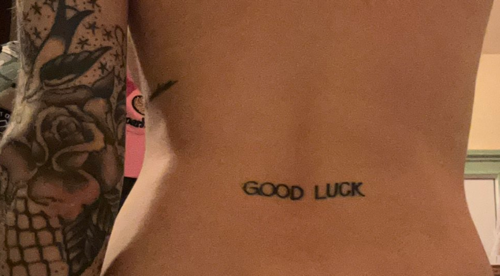
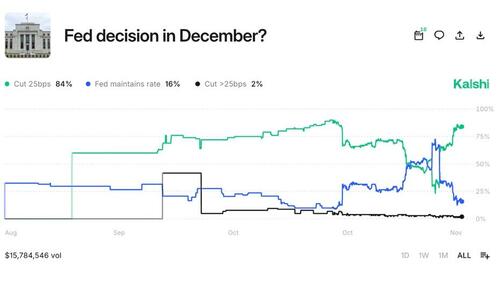
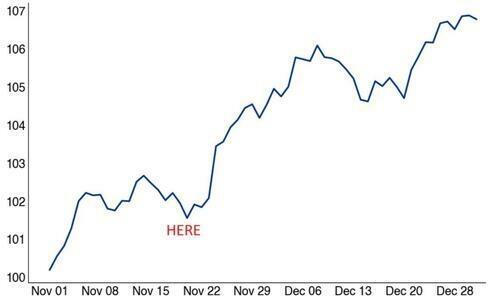
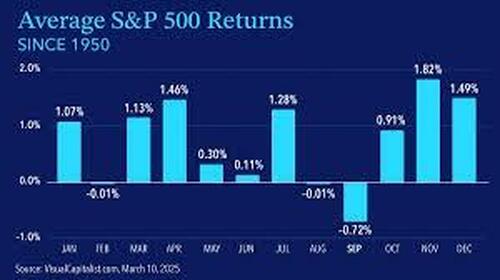
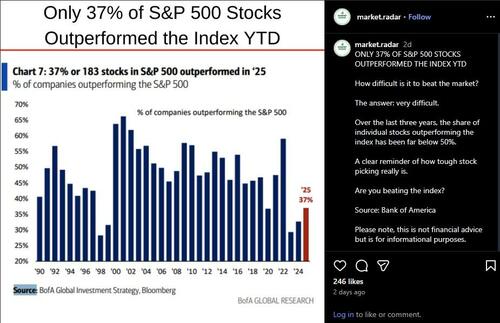
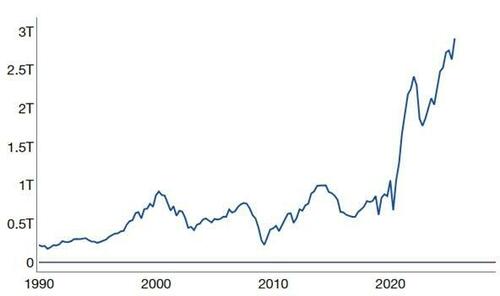
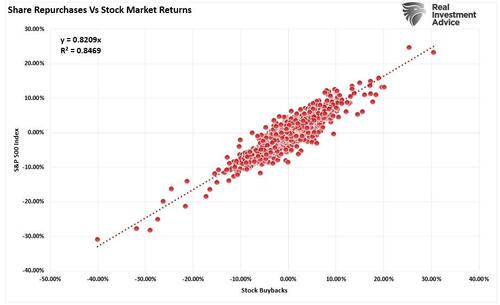
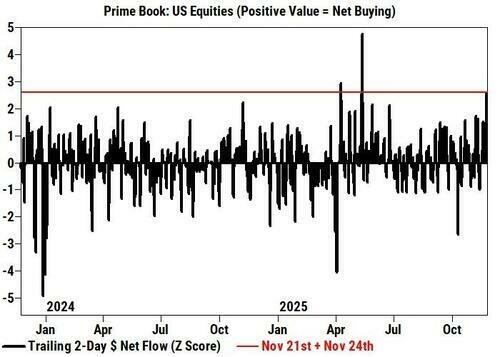
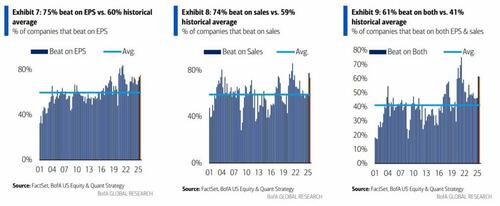
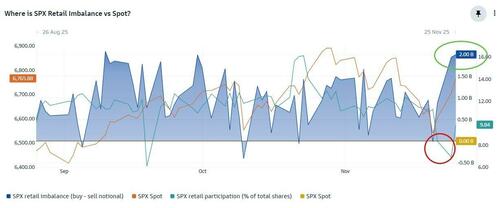
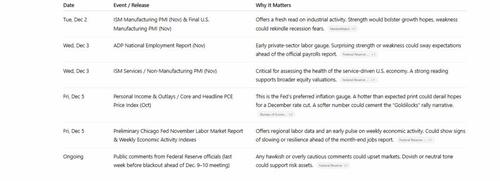


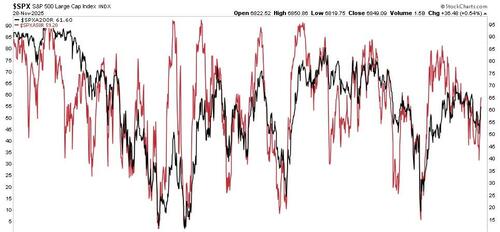
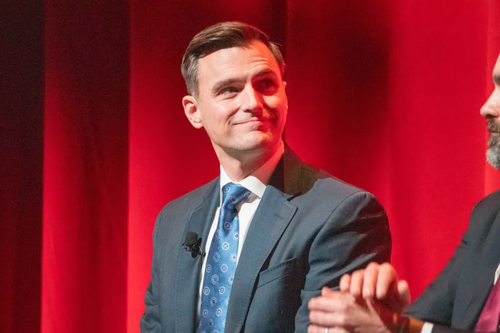
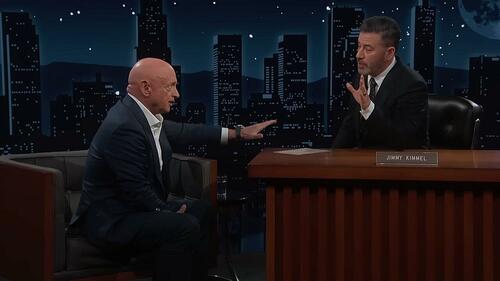


 Japan's Prime Minister Sanae Takaichi answers questions from reporters about her telephone talks with U.S. President Donald Trump at the Prime Minister's Office in Tokyo on Nov. 25, 2025. JIJI Press / AFP via Getty Images
Japan's Prime Minister Sanae Takaichi answers questions from reporters about her telephone talks with U.S. President Donald Trump at the Prime Minister's Office in Tokyo on Nov. 25, 2025. JIJI Press / AFP via Getty Images President Donald Trump speaks to the media aboard Air Force One in flight en route to Florida on Nov. 25, 2025. Pete Marovich/Getty Images
President Donald Trump speaks to the media aboard Air Force One in flight en route to Florida on Nov. 25, 2025. Pete Marovich/Getty Images



Recent comments